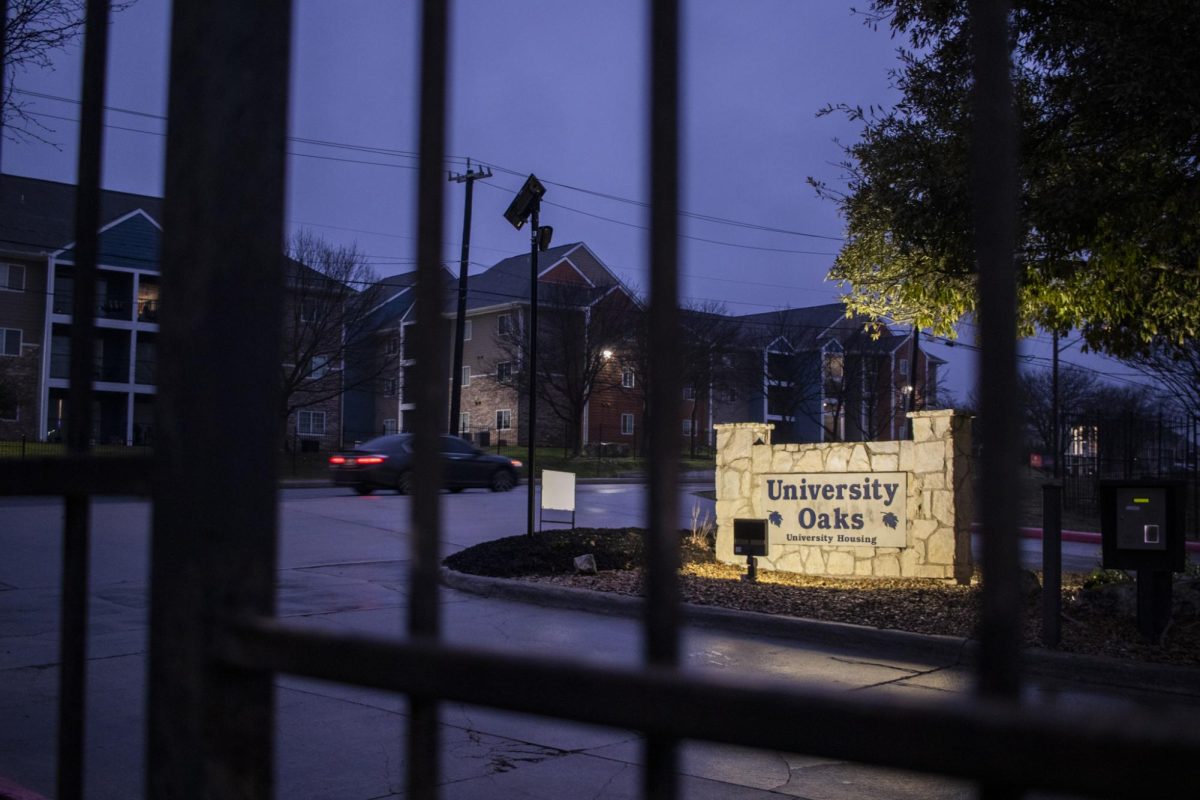Although most of the regulations affecting UTSA originate at the state capital in Austin, a number of upcoming policy decisions at the federal level will have significant impacts on the university’s operations.
Last year, the Obama administration revealed their plan to assess schools on how well they serve their students based on merits such as graduation rate, the percentage of students that receive Pell Grants and the cost of attending the university. The rating system is intended to penalize schools that receive a poor rating by reducing their federal funds and to give applicants an additional resource in selecting a college.
According to TIME, UTSA has a 28 percent graduation rate, with 44 percent of students receiving Pell Grants and an average of $9,331 of tuition per year.
Katie Berger, coordinator for federal relations for the UT system, believes that “the Obama Administration’s ratings proposal is a blunt instrument that seeks to decide for students what factors are most important to them.”
Berger understands that students should have access to information regarding college costs. She explained, “Rather than create a ratings system that cannot possibly capture all the factors that matter to students searching for a college, the University of Texas System has created an interactive data tool called seekUT to provide students with vital information on earnings and loan debt by major.”
In addition to the ratings system, which will be released later this year, universities are also eyeing the Higher Education Act, which impacts federal aid programs such as Pell Grants and FAFSA applications.
Earlier this year, Senator Alexander promised that the renewal of the Higher Education Act would reduce government involvement. He recently released three outlines on “making colleges share in the financial risk of the federal loans they provide students, overhauling accreditation and changing how the federal government collects data from colleges.”
Berger agrees there should be less government involvement in higher education.
“There are many federal rules currently in place that, while well-intentioned, are duplicative of other requirements, impose undue burdens on institutions or do little to protect students,” Berger said. “Compliance with these requirements costs time and effort by staff who could otherwise be contributing directly to the mission of the university and success of its students.”
Alexander, a former Secretary of Education, has already introduced legislation that would streamline FAFSA applications and consolidate a myriad of federal aid programs.
Berger explained one of the ways the government controls federal colleges and universities: “Congress and the Department of Education establish eligibility criteria for participation in federal financial aid programs. Institutions wishing to participate in these programs must meet a myriad of federal requirements related to everything from student safety to data collection and reporting; from student recruitment and admission to loan counseling.”
According to Inside Higher Ed, Senator Patty Murray, the senior Democrat on the Senate Health, Education, Labor and Pensions Committee, is worried about removing rules that holds institutions accountable. Murray argued that “it would be a mistake to roll back important protections for faculty, students and families,” as she pointed out the Clery Act, which stated colleges can face “stiffer financial penalty” if they mishandle sexual violence cases.
However, Berger believes that “if federal regulations are reduced and streamlined through the reauthorization of the Higher Education Act, resources and staff time currently being spent on compliance could be redirected to promote education, research, student services and other important university goals.”
Ultimately, the main priority from every side is saving money for both the government and the institutions themselves.
Murray states that she is “looking forward to continuing the conversation on ways to update the Higher Education Act to make college more affordable, reduce the crushing burden of student debt and give more Americans the chance to further their education, training and skills.”







